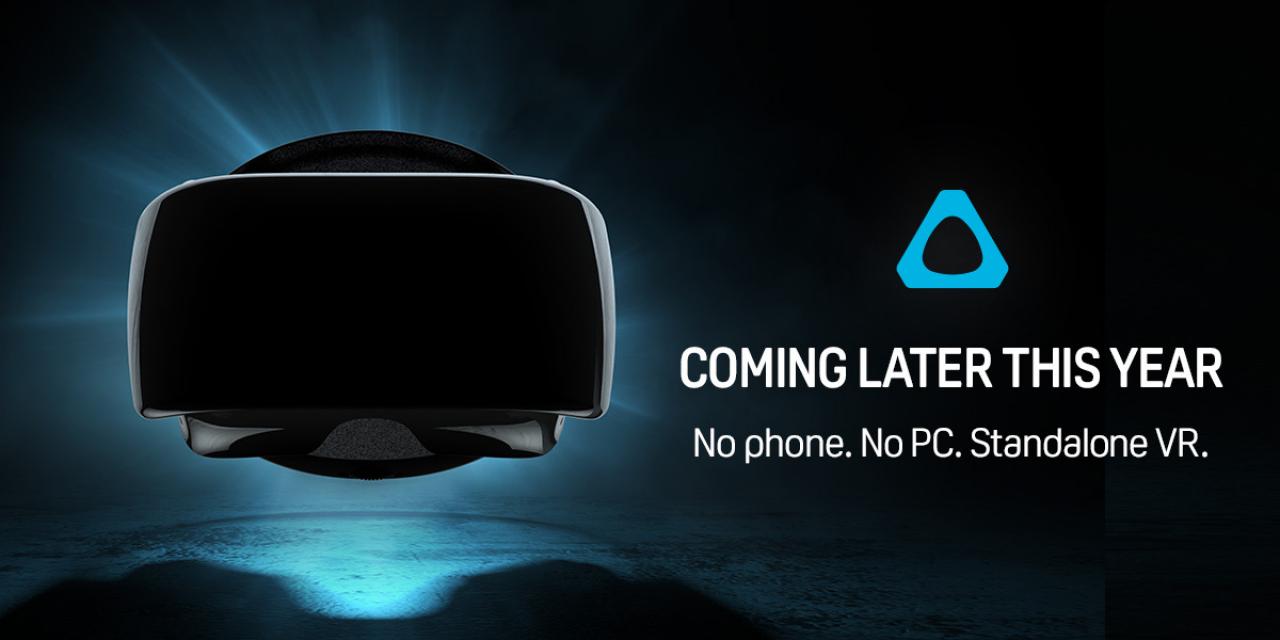
HTC's next headset isn't going to be a Vive II, but will instead be a standalone headset within the Vive family. Built using Qualcomm's Snapdragon 835 mobile processor, it will act independently of a PC and will use battery power for a few hours of operation. While the exact specifications of the headset are still not yet known, HTC has released a few more details about the headset, ramping up expectations of whether we'll ever see this headset released internationally.
Rumors have abounded over HTC's standalone headset since it was originally teased by the company earlier this year and so far all we've really seen is a silhouette. Now though, we have a few additional details to fuel the hype train with.
The translation from the Chinese landing page names the headset the "Vive One," and states that it will be built upon the Viveport foundation, possibly negating the ability to connect to Steam altogether, as there isn't a mention of the platform anywhere on the Vive One page.
It's confirmed that the headset will not require any connection to a PC or mobile. It's also said to be lightweight and portable and will possibly have a social focus, with listed support for both Weibo and Wechat platforms, as well as Tencent's QQ chat app. The headset will also have a small, Oculus Rift-style wireless controller
"China is the leading mobile market in the world today, and has the momentum to lead the global VR market as well," said Alvin W. Graylin, China Regional President of Vive's HTC division. "Partnering with Qualcomm to deliver an easy to use and more affordable Vive VR system will enable us to make premium standalone VR widely accessible to the masses in China."
As it stands developers can sign up to be one of the first to trial the headset, though pricing and availability information for consumers remains scant.








